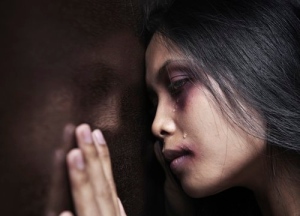 Bullying is an extremely complicated — and emotional topic. There is some conflicting evidence out there and it is hard to figure out what is really true about bullying. This article helps us understand some of the science and research behind bullying. This includes that those who are bullied are at higher risk for mental health problems, including suicide. And, those from minority groups such as LGBTQ youth, youth with disabilities, and from racial and ethnic minority groups are more likely to be bullied. While there has been some backlash to the topic of bullying, it is important to not lose sight of the very real and horrible impact that severe and chronic bullying can have upon youth who are already made vulnerable through being part of a targeted group. Read more at Oxford Univerisity Press’s article Youth suicide and bullying: what’s the connection?
Bullying is an extremely complicated — and emotional topic. There is some conflicting evidence out there and it is hard to figure out what is really true about bullying. This article helps us understand some of the science and research behind bullying. This includes that those who are bullied are at higher risk for mental health problems, including suicide. And, those from minority groups such as LGBTQ youth, youth with disabilities, and from racial and ethnic minority groups are more likely to be bullied. While there has been some backlash to the topic of bullying, it is important to not lose sight of the very real and horrible impact that severe and chronic bullying can have upon youth who are already made vulnerable through being part of a targeted group. Read more at Oxford Univerisity Press’s article Youth suicide and bullying: what’s the connection?
Meta
Archives!
Blogroll
- ALWAAN — Arab Lesbian Women & Allies Network
- Best Gay Blogs
- BlackLight — Black Gay Online Magazine
- Gay Blog Directory
- Gay NewsNet
- Gay Teacher
- LGBTQ Youth News
- Ms Queer — Dignity and Respect for All
- My Out Spirit: Gay Spirituality Blog
- Our Door is Open
- Queer Thoughts
- Queers United
- Slap Upside the Head
- The Long Way Home
- TrevorBlog
Links



